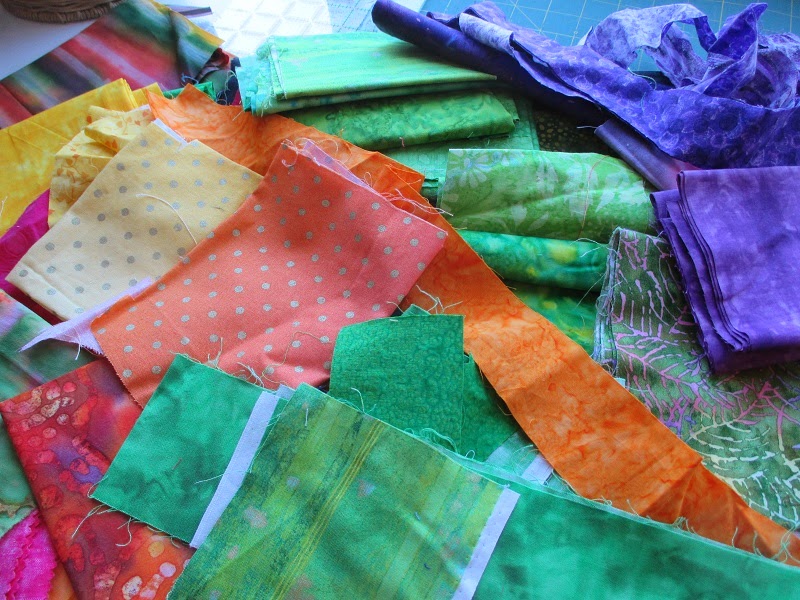Maybe camping purists will disagree, telling me that camping in a trailer with a flush toilet, coffee maker, sofa and furnace is not camping. Camping, they’ll tell me, involves warming your hands around a campfire where the morning coffee is perking, the toilet is an outhouse down the path, and sleeping involves cold nights on the hard ground. If you’ve survived that, you can survive anything.
Well, I’ve done all that and more. We camped on our honeymoon in a green canvas 9x9 tent and air mattresses that wouldn’t stay filled. We’ve camped with babies, washing out diapers under cold water pumps; we’ve camped in the rain and in the burning sun (without an air conditioner, I’ll have you know); we’ve camped with a dog and four kids in a leaky tent trailer. Doing the calculations, we figure we’ve camped more than 2 of the 43 years we’ve been together! And we’ve survived.
But camping isn’t, for us, a matter of survival, it’s about enjoyment. It’s about sharing time and experiences, about building memories together, about making time to concentrate on each other. It’s much like marriage – I mention that, because camping and marriage are inextricably intertwined in my mind, and because we celebrated another anniversary this week. (Nice segue, eh?)
 |
| so young! |
We decided to celebrate the day by doing what we love to do, exploring some new venue and seeing what there is to see. Eventually we found ourselves on a trail that led to a scenic waterfall. Immediately we noticed the huge trees. Before we moved to this province, we didn’t know the expression “old growth” from Old Spice –and no, it’s not the stuff that grows in the back of your refrigerator. An “old growth forest” is a forest that has never been logged, so that the trees are huge and old. Some reach upwards of 70 meters, 9 meters in diameter, and, here on the island, a thousand years old. Such stands of trees are becoming more and more rare. In a mixed forest, one still occasionally finds some old growth trees, trees that have been spared the logger’s axe.
Of course we had to take a “selfie”. The selfie doesn’t do us justice, in my opinion, but I’m sharing it here because it occurs to me that we have something in common with those big old trees in the background. The trees and us: we’re still both standing after all these years. We’re old growth!
Old growth trees show the ravages of time – and so do we. They have scars and bumps and burn marks where they’ve been hurt. Some of the bumps grow over with scar tissue that weeps resin tears. Sounds like old growth people to me.
These old trees didn’t come from nowhere – they had their beginnings in the rich humus that was built up, layer by layer, as old trees died and fell to the floor and decomposed, releasing warmth that created an incubator for baby trees. The trees were sheltered from storms by a community of other trees. Nobody grows up in isolation – and neither did we. In our life together, we’ve drawn strength from the ground where we were planted, and we’ve been nurtured and encouraged by the communities of which we’ve been a part.
In any relationship – friendship, parenting, marriage, community groups, church family – old growth doesn’t just happen. It develops over time, as experiences pile up and create a rich history of disagreements and resolutions, honest talk, adventures shared, stories told, laughter and tears, sickness and health, and so much more. Like our camping history, relationships are stories not only about survival, but also about enjoyment and sharing and savouring good things together, about gratitude for the shelter of others and for the roots from which we spring, and for the Creator who is the source of it all.
For these 43 years with my resident sweetie, for old growth, for children and grandchildren, for family and friends, and for so much more, I give thanks today.
You may be wondering about The Flowers of the Summer Garden which I’ve been writing about for the past two weeks. Well, they’re still marinating in creative juices. I’ll share some ideas about them next week.


















